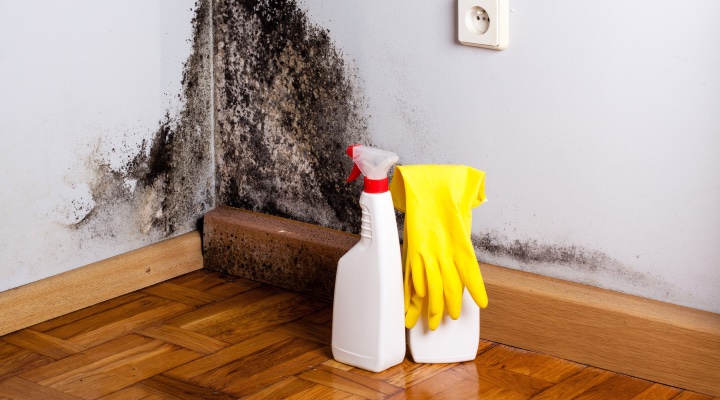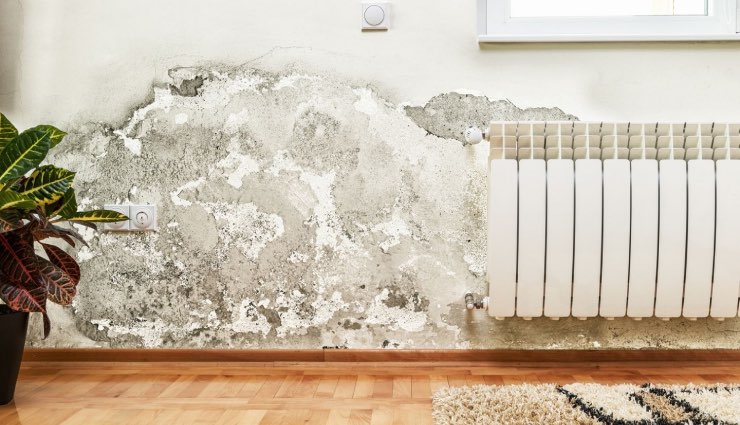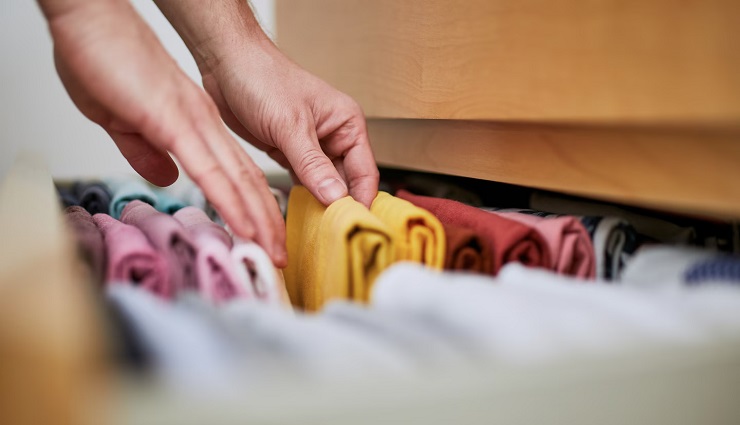Have you ever encountered strange colored spots on the wall of your house that grow within a few days? These spots are a colony of wall mold that, if you ignore them, will cause rotting of the walls and floors of your home and may even make you sick. Wall mold is a common problem in humid areas that can be challenging to eliminate. Stay with us in this article to teach you how to remove wall mold.
How is wall mold created?
You’re mistaken if you think that mold only grows in dark and dank basements. Mold spores surround us, and some moisture and heat activate them. If you don’t remove the mold, a mold colony will soon form in your home. Molds can grow on any surface, from chops and tiles to walls and plastic surfaces. To prevent mold formation on the wall, you must keep the environment of your rooms dry and cool.
A small amount of mold won’t make you sick, but you need to get rid of it quickly because it proliferates, spreads easily in the air, and can spread to all parts of the house. Mold may be allergenic, pathogenic, or toxic and appear black, green, brown, or white. If a small part of the wall of your house is affected by mold, you can eliminate it with the following methods. Of course, you need to get help from experts to eliminate large molds.
Eliminate wall mold
Mold proliferates, so you must remove it when you see the first signs of mold. If you smell mold, you should try to fix the problem very soon because the smell indicates the presence of a mold colony. Wet walls, leaking faucets, or moisture accumulation in the bathroom are other warning signs you should be aware of.
Necessary tools to remove mold on the wall
To remove mold from the wall, you need these tools and equipment:
- protective gloves;
- protective glasses;
- Mask;
- plastic bucket ;
- sponge;
- microfiber towel ;
- measuring units;
- spray bottle;
- soft brush;
- Vitex;
- Dishwashing Liquid;
- Hydrogen Peroxide;
- white vinegar
How to remove mold on the wall

To remove wall mold, you must first make an anti-mold spray. Mixing one unit of dishwashing liquid, ten units of Vitex, and 20 units of water is enough. Eliminating mold with Vitex is one of the best ways to deal with household mold. Dishwashing liquid makes the materials stick to the wall longer, giving it more time to destroy the molds.
If the area affected by the mold is tiny, you can also use vinegar or hydrogen peroxide. Instead of Vitex, combine white vinegar or hydrogen peroxide with dishwashing liquid and water.
When the desired solution is ready, equip yourself with gloves, goggles, and a protective mask so mold spores do not sit on your skin and enter your respiratory system. Also, open the windows and activate the ventilation system to keep the air circulation in the environment.
Spray a sufficient amount of wall mold spray on the infected surface. If the mold is near the ceiling, sponge the material onto the ceiling and walls and spread it with a brush. Now, you have to wait for the anti-mold wall spray to work and destroy the fungus on the wall. Do not dry the surface with a towel at this stage. Allow the material to air dry. Finally, if dirt spots remain on the wall, clean them with a microfiber cloth and detergent.
Removing mold from other surfaces
Mold can grow on any surface. Bathroom tiles, plastic shower curtains, wooden floors, and fabrics can get moldy. To remove their mold, disinfect the surface with an anti-mold spray and rinse them well. Do not forget to cover your hands and face during these steps so that mold particles do not enter your body. If the tiles and flooring are exposed to mold for a long time, they will rot, and you will have to replace them, but you can eliminate small mold colonies yourself. It would be best to disinfect the mold on the clothes similarly. Apply the material with a soft brush, then rinse well and allow the garment to be exposed to fresh air to dry completely.
Prevent mold growth
Environmental protection experts say there is no specific way to prevent mold growth. All you can do is control your humidity. Even if you remove the mold from the wall and your room environment is humid, the mold will grow again. So, after removing the wall mold, you should adjust the ventilation of the environment so that the walls do not get damp.
If you live in humid areas, you should use dehumidifiers to keep your walls from getting moldy. The laundry room and bathroom should have a robust ventilation system. After showering, open the doors and windows to let the moisture out. It would be best to leave the shower curtain open to dry. If your home’s storage is in the basement or attic, use dehumidifiers between the items so they don’t get moldy.
last word
Mold is a common problem in humid areas. If you ignore the growth of molds, they will soon form a large colony. One of the effects of mold in the house is that it penetrates the walls, tiles, and floors and causes decay. In addition, it may pose health risks to family members. Therefore, it is better to eliminate them as soon as possible and make your living environment accessible from pollution.
If this article was helpful, share it with your friends and write us your experiences in this field.



